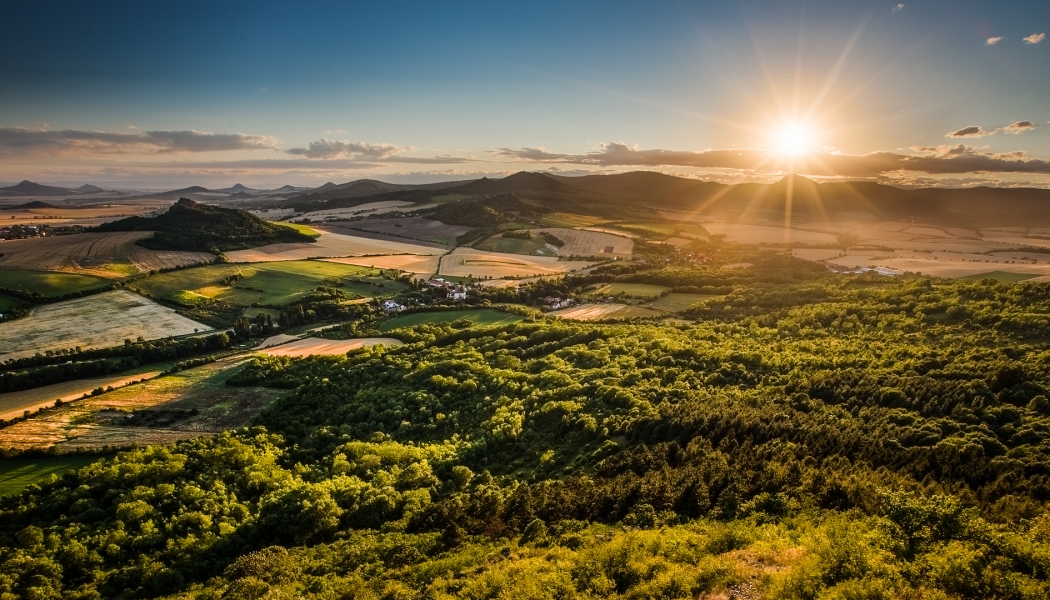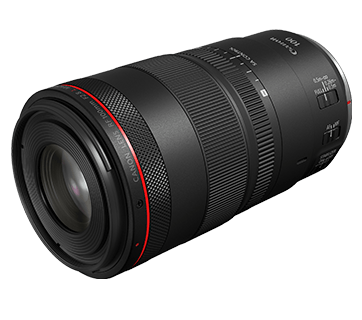
The Nikon D5300 is a mid-range F-mount DSLR camera. It has a carbon-fiber-reinforced polymer body and is loaded with new technologies. It features wireless connectivity and tilting screens. You will however need to purchase a Photoshop raw plugin to fully take advantage of the camera’s incredible image quality. Continue reading for more details.
Camera's tilting screen
The tilting screen of a camera lets the user take a picture without having to bend down. This is especially helpful when taking photos in crowded areas. It is also helpful when taking photos from low or below ground level. Here are some cameras with tilting screens. The cameras with an asterisk mark are tilting to 180 degrees or nearer. Wikipedia offers more information about articulating displays.

Vari-angle and tilting screens are not popular because they add extra expense. A camera that features one will likely be more durable than one that doesn't. While the additional hinge and clever cabling can be costly, prices should drop as more cameras adopt these features. Canon and Nikon both offer vari-angle screen options for entry-level cameras. For example, the Nikon D5600. The Nikon D5600 will enhance your photos and allow you to take better pictures in low-light conditions.
Its 24.2-megapixels CMOS sensor
Nikon D7200 digital SLR camera is among the most innovative. It is equipped with Wi-Fi (near field communication), as well as NFC (nearfield communication), for wireless communication. The 24.2-megapixel CMOS sensor has been specifically developed for DX. The sensor does not have an optical low pass filter, so sharp images can be captured even at ISO 25600.
Its lenses
The Nikon D5300 SLR camera is a high quality digital SLR camera. It is compatible with a variety NIKKOR lenses. These high-quality lenses will allow you to capture the world around and in new ways you never thought possible. While wide-angle lenses can be used to capture breathtaking landscapes, telephoto lenses are more useful for bringing you closer to what's happening. There are even micro-NIKKOR lenses that allow you to capture fine details at high magnification. Zoom lenses provide greater flexibility and are made for Nikon D3SLR cameras. Nikon can make them in-house, thanks to its superior craftsmanship.

The Nikon D5300 features APS-C or DX sensors that are smaller than full-frame camera. A full-frame camera will have a 15mm equivalent for any lens that has a 10mm focal length. The focal length of a longer lens will need to be multiplied by 1.5. Prime lenses are faster, more versatile, and have less distortion.
FAQ
How can you become a skilled photographer?
Photography is an art form that requires practice, patience, dedication, and above all else, passion. Passionate about photography will make you do better than if it was just for the money.
It is essential to understand how to use your camera effectively. You will need to know how to use your camera properly. Additionally, you should have a good grasp of Photoshop.
Although photography is difficult, once you are proficient, it is rewarding to create images that capture moments in the moment that will never be forgotten.
To improve your skills, you can read books and attend classes. You can also participate in competitions. This will give you experience and confidence that will help you improve. What equipment will I need?
It really depends on your type of photography. A wide-angle lens is necessary for landscape photography.
A telephoto lens is essential for portrait photography.
A tripod is crucial for taking photographs. It allows for you to sit back and compose your image without moving.
A camera bag is useful for carrying your camera, memory cards, and other accessories.
If you are using a compact lens, a flash is needed.
An DSLR (Digital Single Lens Reflex) is the best camera for beginners wanting to take professional quality photographs.
DSLRs are very popular because you can control every aspect of the photo including shutter speed, apertures, ISO sensitivity and white balance. A variety of features are available such as autofocus and auto-exposure locks, bracketing, self-timer, and RAW formatting.
Is digital photography hard?
Digital Photography is not as easy as you think. Learning how to properly use the tools takes effort and time. For different shots, you need to know which settings to use. Learning by doing is the best way to learn. Practice makes perfect.
What is rule of thirds for photography?
The rule of thirds can be used to create beautiful compositions, without having to use complicated camera settings. It divides your image into nine equal parts, horizontally and vertically. This divides your image into three areas that you would like to see your subject. These areas are the top, middle and bottom. You can use these areas as guides for positioning your subject within your frame.
You can avoid placing important elements too close together, or too far apart, by using the rule of thirds. They might not have enough space to make an impact on the eye if they are placed close together. You might find that they lose focus if you place them too close together.
What Camera Should I Get?
This all depends on who you want as a photographer. For beginners, a simple point-and-shoot is the best camera.
You'll probably want something more advanced once you've learned the basics. It really is up to you what you prefer.
These are some things you should consider before buying a camera.
-
Features: What features do you need? Do you plan to use manual settings, autofocus, or both? How many megapixels does your camera have? Is there an optical viewfinder?
-
Price: How much money are you willing to spend? Are you planning on upgrading your camera every two years?
-
Brand: Are you happy with the brand that you choose? There's no reason why you should settle for less than the best.
-
Functionality: Can your camera work in low-light conditions? Can you take high-resolution photos?
-
Image Quality: How sharp and clear are your images?
-
Battery Life: How long does your camera last between charges.
-
Accessories: Can you attach extra lenses, flashes or other accessories? ?
Light Room is an excellent tool to enhance your images.
Start early to get the best photos possible for your project. It's better to take as much as possible, then select the best.
Lightroom makes it easy to do this. It lets you see how different settings impact each photo. These settings can be changed on the fly, without needing to return to Photoshop. This lets you quickly experiment with what looks great and what doesn't.
Statistics
- The second easiest way to get blurry photos 100% of the time is to use a cheap filter on the front of your lens. (photographylife.com)
- By March 2014, about 3 million were purchased monthly, about 30 percent of the peak sales total. (en.wikipedia.org)
- While I cannot prove that all of those spots were not sensor dust, the photo was taken during a heavy snowstorm…so I guess that 99.8% of the spots are snowflakes. (bhphotovideo.com)
- In this case, 100% of readers who voted found the article helpful, earning it our reader-approved status. (wikihow.com)
External Links
How To
How to take macro photos in photography
Macro photography can be defined as the ability of taking pictures at close range of small objects, such insects or flowers. Macro (from the Greek makros, meaning large) is from the Greek word makros. You can capture close-up shots with a lens that has a focal length of more than 50mm.
A good macro lens should have a long working distance and a fast aperture, so you can get sharp images without moving around too much. You also want to avoid movement while taking photos because anything that moves during exposure could blur your image.
Here are some great tips to create stunning macro photographs.
-
Use a tripod. You can use a tripod if you don't own one. This way, you'll have less chance of moving while trying to shoot.
-
Make sure you choose the right lighting. The majority of macro lenses include built-in light filter, but you can buy one separately if necessary. It helps to avoid overexposure.
-
Be patient! Shooting macros takes practice. Sometimes you may only see a tiny bug or flower, but it's worth it to keep shooting until you catch it.
-
RAW is the best format for shooting. RAW files store more data than standard JPEGs. RAW files can be edited later and allow for more detail such as cropping and color correction.
-
The background is important. The background can be as important as the foreground. Try to include it in your photo.
-
Keep learning.